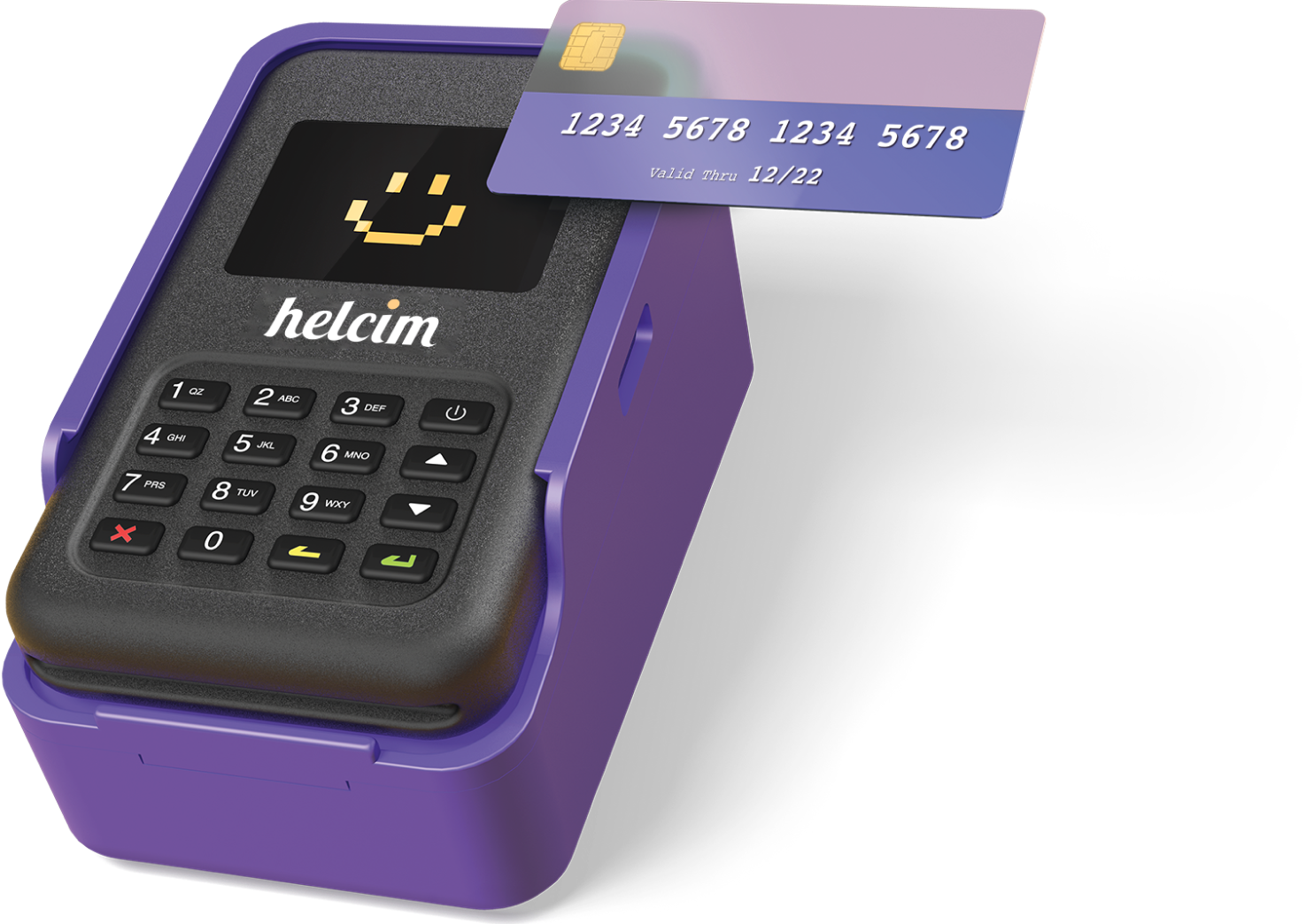When you need to send or receive money quickly, safely, and efficiently, sometimes things like a cheque simply won’t do. That’s where a bank transfer comes into play. Bank transfers are very popular among Canadians.
A bank transfer sometimes referred to as a wire transfer, is when you send money from one bank account to another. In this piece, we’ll talk about how to do this and answer some frequently asked questions about bank transfers in Canada. Let’s get started.
How do you send a bank transfer?
As mentioned above, a bank transfer is the transference of money from one bank account to another – and there are a few different ways that you can do it:
- An online transfer
If you’re set up with online banking, you can quickly and easily send money from one account to another using your online details. Most banks will also allow you to transfer money with your Smartphone app.
The exact steps in this process will vary depending on which banking institution you use, but the option to send an online transfer can generally be found under the “make a payment” option.
- A telephone transfer
If you aren’t comfortable doing your banking online, you can also call your bank and ask them to make the transfer for you. For those who are not familiar with online banking, or who are not good with technology, this can be a better option.
A representative will be happy to guide you through the process of sending the transfer, making it quick, easy, and effortless on your behalf.
- A branch transfer
Of course, you also have the option of making the transfer in person at your branch. Just head to your local bank with any relevant information, and a banking representative can help you send the transfer directly.
You can find more details on how to send a bank transfer here.
What information do you need to send a bank transfer?
Depending on who you are sending the money to, there are several details that you may need before you can send a transfer.
If you’re sending a bank transfer online to someone who does banking at the same institution as you, all you need (in most cases) is their email address, the amount to be sent, and the date you would like to send it. From there, they can accept the transfer through their email.
In other situations, you may need more details. If you are making a bank transfer, it’s best to have the following information on hand if needed:
- The 6 digit account number of the person or organization you are sending the money to
- The date the payment is to be made
- The name of the person or organization you are sending the money to
- The address of the bank you are sending the money to
You won’t always need all of this information, but having it on hand in case you do is a good idea.
Is it safe to send a bank transfer?
For the most part, sending and receiving bank transfers is pretty safe. After all, most banks place an extensive amount of emphasis on security and keeping their clients information secure. So when you transfer from branch to branch, you’re unlikely to run into too many problems.
With that being said, you always want to be careful in who you are sending your money to or receiving money from. Scammers can use banking information against you to access your information, so you need to be very careful when giving out any type of banking information.
If you are considering sending money online, consider these safety tips.












